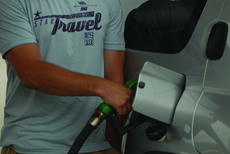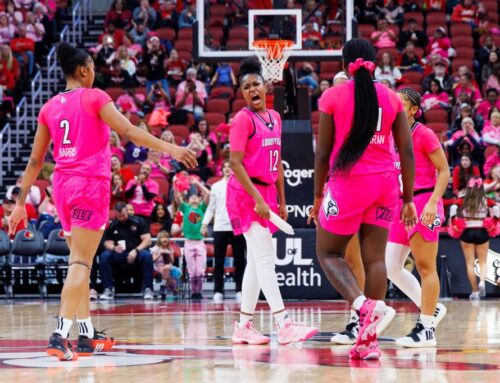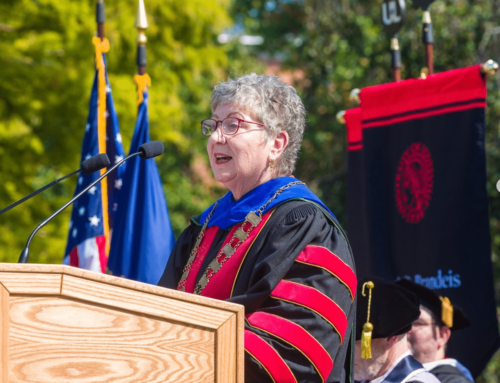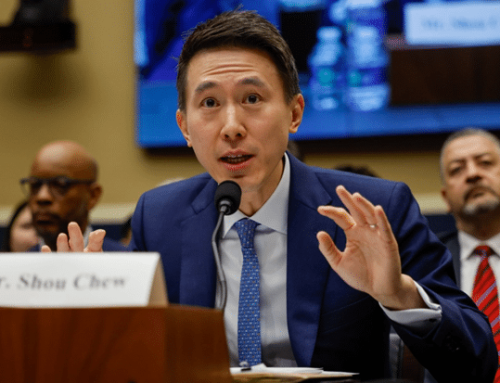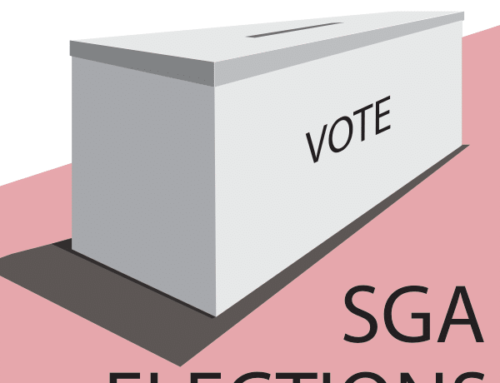The clinch of crude oil being distributed throughout the United States of America is progressively tightening and the rise of gas prices looms over the unprepared heads and financial holdings of the average American citizen. Americans have hoped that gas prices will stop rising, and promptly descend to a reasonable price. Those hopes may perish due to statements made by the Energy Information Administration, a part of the Department of Energy saying, “Significant relief from the high crude oil and gasoline prices is not likely to occur soon as the current tight market must also cope with strong gasoline demand.” Numerous others have predicted a steady climb in the price of gas, potentially reaching the mark of $5.00 per unleaded gallon of gasoline.The inevitable increase is a prevalent and especially troubling burden for the average college student to bear. Many Americans can overcome this rise, but for University of Louisville students and college students in general, the thought of spending gas money is a financial dive. Students who commute to the University of Louisville face a troubling fact that the price of gasoline is never peaking, but continuing to rise. Commuters from the surrounding areas of Jefferson County could see their pocket change dwindle, as their cars need a refill every week.Barbara King, the director of Commuter Student Services, formerly known as ACCESS, stated “the University needs to be more commuter friendly.” King detailed how the University has over 16,000 commuting students, which is roughly 80 percent of the entire student population at U of L. King, a 50-mile commuter herself, is fully aware of the conditions students are put through as commuters, and she administered a survey this past spring to commuter students who were part of the ACCESS program. The survey showed that the University has students commuting from as distant as two hours away. Approximately 12,500 students commute to the University within the Jefferson County boundaries, but almost 50 students make the two hour commute from Warren County, which is where Bowling Green is located. The closest students outside of Jefferson County commuting to U of L are from Oldham County with almost 550, and over 750 students make the journey from the state of Indiana.Mikael Ortega, sophomore, says that “on a good day” his commute to U of L takes 20 minutes, depending on the amount of traffic. Ortega fills his Dodge Neon up two times a week, and he can only afford the gas because of his job at the Miller IT Center located on campus. But the gas prices have greatly affected the way he enjoys life. “It wastes all of my money, so I keep having to go to my parents to get money.” Considering he makes the commute to and from five times a week, he is spending over three hours on the road. “I won’t be able to buy a new car anytime soon, but when I can, I might buy a hybrid.” Faced with the daunting speculation as predicted by sources that if gas prices were to rise to $5.00, he says, “I might ride the TARC (Transit Authority River City) more, but I would probably just pay.” Other students, such as David Harvey, a sophomore Psychology major, have witnessed the commute from two very polar aspects. Harvey, who lived in Middletown, located in the East End and a whopping 25 minutes away, now lives in Germantown, a mere three minutes away. Harvey says, “Living near campus allows me to bike to school and not spend money on gas.” Comparing the two places he lived and the fact that he drove a sports utility vehicle instead of riding a bike has “saved hundreds of dollars.”King mentioned that the most frequent complaint from commuter students was the parking on or near campus, or the lack thereof. But, difficulty parking may just be a small portion of a problem, considering the future effects of the escalating gas prices and the dwindling pocket change of the college student.

